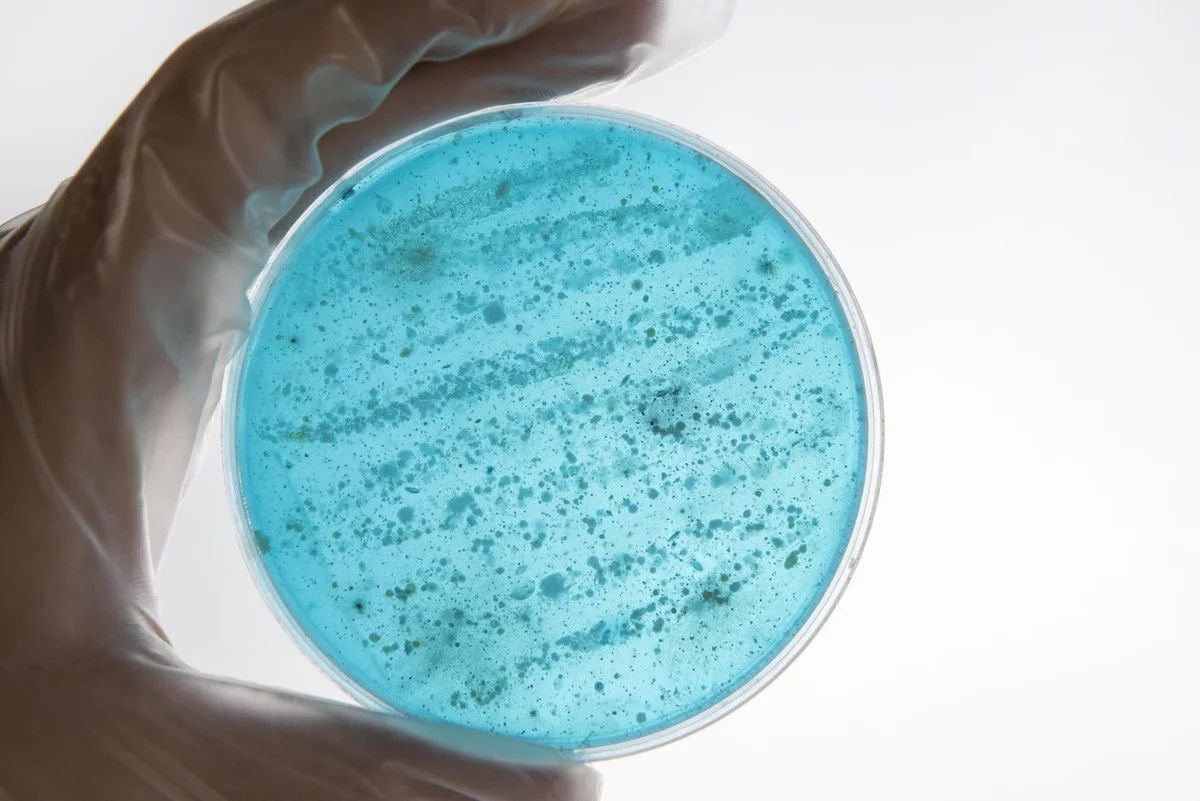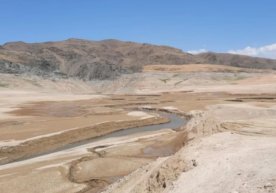
Scientists at the University of Colorado have succeeded in reviving microorganisms that had been "dormant" in the ice layer for many years. Samples were taken from a special research tunnel in Alaska that penetrates to a depth of more than 100 meters. The fact that the remains of ancient animals - bison and mammoths - can still be seen on the tunnel walls once again confirms that this is a true natural archive.
Scientists say that the unpleasant smell felt right at the entrance to the tunnel is not without reason: such a complex "perfume" is often associated with the vital activity of microbes. The research team collected several specimens dating back approximately 40,000 years. Then water was added to them and incubated in the range of 4-12 degrees Celsius - as a result, the microorganisms gradually began to revive, forming complete colonies visible under laboratory conditions.
Interestingly, microbes that break freeze don't "get active" immediately - it takes several months to fully restore their activity. However, even after regeneration, they retain their ability to decompose organic matter, releasing carbon dioxide. This factor seriously concerns climate scientists: if permafrost melts, greenhouse gas emissions may increase and climate change processes may accelerate due to the activity of such "awakened" microbes.
According to experts, permafrost is a mixture of soil, ice, and rocks frozen over years. It covers almost a quarter of the landmass of the Northern Hemisphere. This layer, in turn, acts as a time capsule: not only remains of animals and plants, but also millions of bacteria and other microorganisms have been preserved in a "frozen state." Therefore, if permafrost begins to melt rapidly, it is likely that a large part of the past biodiversity will reintegrate into the modern environment.
Laboratory experiments also point to an important conclusion: it appears that the viability of microorganisms is very high when conditions are sufficient for their return to metabolic activity. This raises a big question - if the stability of permafrost decreases and large areas open up, won't there be additional pressure on the natural carbon cycle?
Scientists call for precautionary measures: regular monitoring of permafrost dynamics, measurement of underground gas emissions, updating biological safety protocols, and improving risk models are necessary. Because this issue is not limited to geology or microbiology - it is directly related to the entire global climate system. According to the scientific community, the conclusions of such studies will be of decisive importance in natural resource management and risk assessment policies in the coming years.
Read “Zamin” on Telegram!Users of Меҳмон are not allowed to comment this publication.














